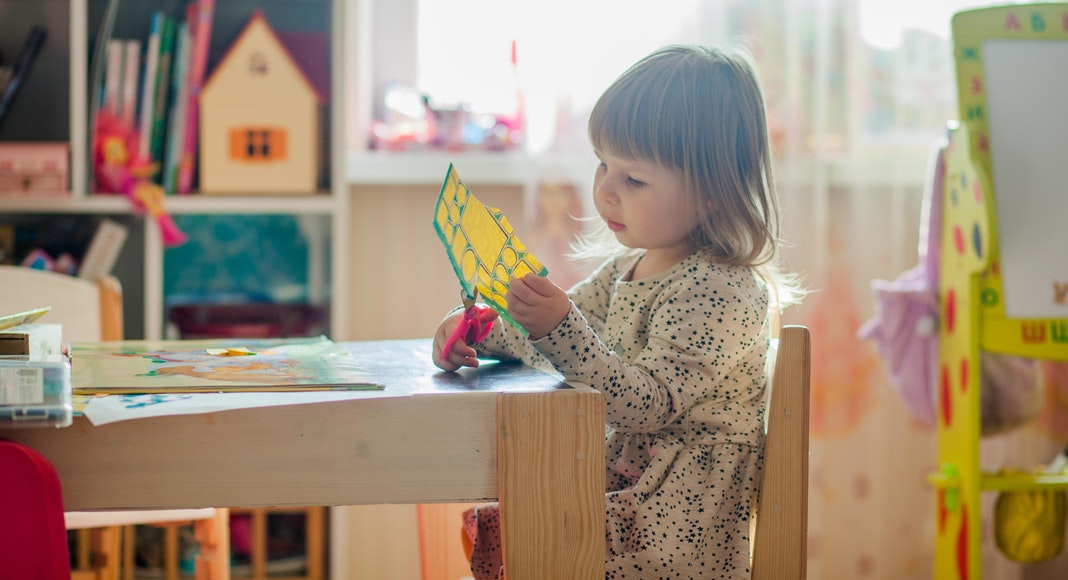 I was planning to send my daughter to her first year of Catholic school in the Fall, but now that schools are going virtual, I have made the decision to homeschool instead. This isn’t going to be a big adjustment for me though, because I was already homeschooling with a hybrid model up until now. We had our daughter in two half days of play-based Italian immersion while I, a former teacher, homeschooled part-time. Since I have already gotten my feet wet in the homeschool world, I want to share some of my favorite resources and curriculum for Kindergarten.
I was planning to send my daughter to her first year of Catholic school in the Fall, but now that schools are going virtual, I have made the decision to homeschool instead. This isn’t going to be a big adjustment for me though, because I was already homeschooling with a hybrid model up until now. We had our daughter in two half days of play-based Italian immersion while I, a former teacher, homeschooled part-time. Since I have already gotten my feet wet in the homeschool world, I want to share some of my favorite resources and curriculum for Kindergarten.
Favorite Read Alouds
When I taught elementary school, I always told parents that the number one thing they could do to boost their children’s literacy is to read aloud to them. Many of the parents I met with could not speak English, and I always emphasized that reading aloud boosts literacy no matter what language you read aloud in. Here are some of the books and stories I’ve read to my daughter at home:
- My Father’s Dragon
- The Mitten
- Heart Prints
- Corduroy
- Peter Rabbit
- The Never Girls (series)
- Hans Christian Andersen (abridged)
- The Brothers Grimm (some tales I find inappropriate and skip)
- Dr. Doolittle
- Ancient myths and legends from a variety of cultures
Early Literacy
I highly recommend the primer Teach Your Child to Read in 100 Easy Lessons for parents to use at home. It is scripted, straightforward, and works like a charm. Before I used this book, I waited until my daughter knew all of the letter sounds (as opposed to their names). I also supplemented reading instruction with Bob Books.
Handwriting
A child needs to be developmentally ready before you can go far in handwriting. Fine motor skills are dependent upon the development of small muscles in the fingers, and this cannot be rushed.
Fine motor skills are best supported with activities like play dough and Legos, so make time for these things for younger children.
You can have your child trace letters in a tray or shaving cream of sand or use chalk to write letters on the sidewalk. Focus on the way the letters are made, not on making them “look pretty”. For example, and “O” should be drawn counterclockwise, but it’s not so important that it’s perfectly round. Use a continuous stroke method, not a “ball and stick method”. You’ll be glad your did later on.
If you want to use a workbook for handwriting, I recommend those by Handwriting Without Tears.
Purchase a set of lowercase magnetic letters. That way your child can “write” before their hands are ready.
Mathematics
Math in the early years must be taught in a hands-on way, with materials your child can see, touch, and manipulate. Think more about conceptual mastery than trying to make your child memorize facts (I do believe fact practice is essential but it cannot stand alone without any sense of understanding).
Key Math Concepts to Focus On:
- Counting a group and understanding that the last number counted is the total number of objects. Teach this by having your child count and then asking how many there are.
- Counting up from a starting number that is not 1. For example, counting from 7: 7, 8, 9, 10.
- Matching amounts of counters with the corresponding numeral. Use simple cards with numerals on them or plastic numbers
- Saying whether a visual amount is greater or less than another visual amount (like chocolate chips on two plates) and later telling you whether a written numeral is greater than or less than another number
- Solve simple addition and subtraction stories using counters, fingers, or other manipulatives.
- Name basic plane shapes and count their sides and angles
- Name solid shapes using real models
I waited until my daughter was ready to understand the logic of math, and focused on counting objects casually, all the time. I remember how we used to count the steps up Filbert when we walked up them every day to get home for lunch. Geometry is another math concept I was able to teach early on. But real math understanding and operations had to wait until she was ready.
If you want to use a math curriculum, I recommend Preschool Math at Home by Kate Snow, followed by Kindergarten Math With Confidence by the same author.
Or, if you have the budget and you’re planning to homeschool for the long haul, I would get Right Start Math.
Like I said, you can’t teach math without materials. You don’t have to go crazy though. If you use Right Start Math, it comes with this. But if not, you will need:
- Counters
- Cuisinaire rods, including the plastic set of connect-able rods
- Abacus
- Hundreds board
- geometric solids
You probably want to get a clock to practice time-telling as well.
I hope I have helped you get started. I know that homeschooling may seem overwhelming, but for those of you who are convinced that virtual school just isn’t the right fit for your small child, you have made the right choice. You can do this!
As an Amazon Associate we earn from qualifying purchases.

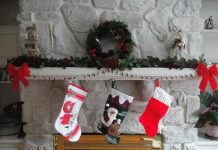




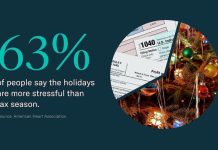



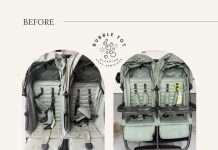
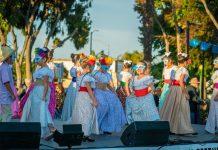


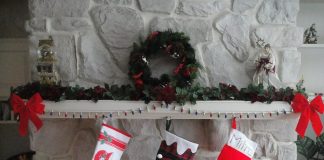





Thank you for all of the wonderful ideas Elisa! I’ll be sure to check most of these out 🙂